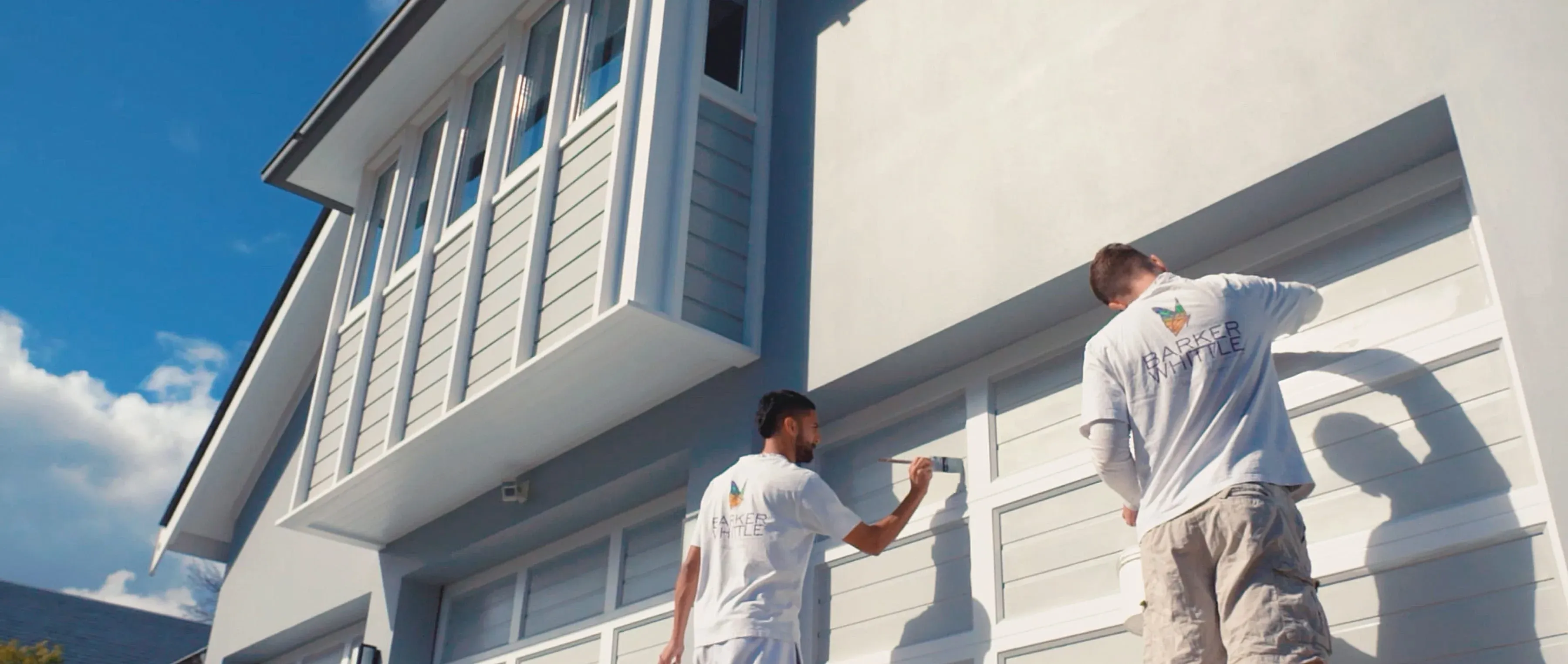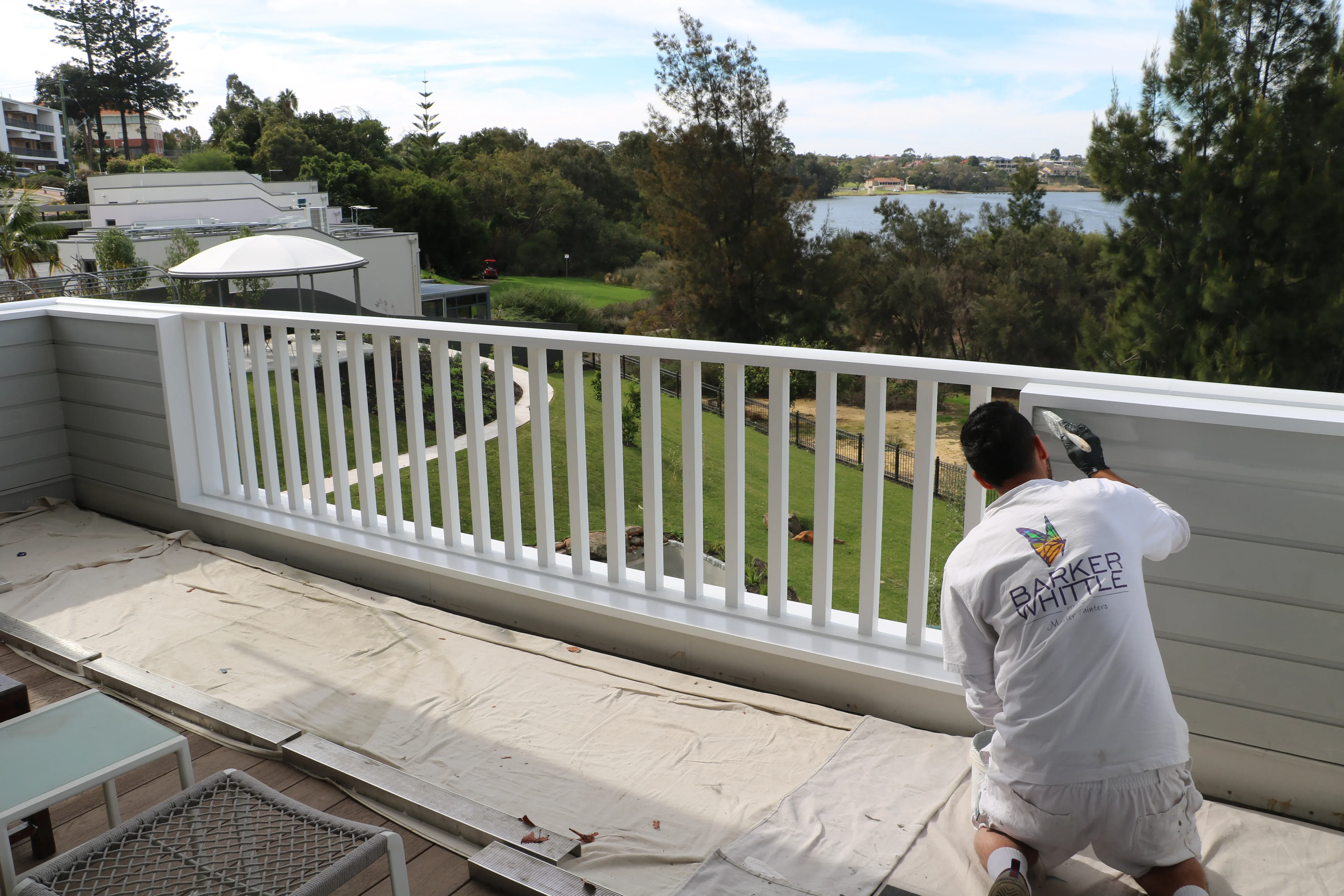A DIY project doesn't always mean painting the largest area of your house to create an impact.
Whilst a DIY project should be completed with care, it should also be a fun project and something exciting to work on. To create impact doesn’t always translate to painting the largest area in your house. Sometimes simply painting a door frame can brighten up a space. This blog goes into detail about how to paint a ceiling, wall, door and door frame.
Before breaking down each section, get out that measuring tape and measure your space. This should give you an idea of how much paint you will need. Make sure to double your total if you plan to do two coats of paint.
Once you’ve measured your space, take the time to prep. This can make or break how your results can turn out. If you’re unsure where to start or feel overwhelmed at what to do first, read our blog post on How to prep your space and clean up after the hard work is done.
Before throwing paint on the wall, paint a test patch, leave it for a few hours to dry, and get started if you’re happy with the colour. Paint colour can vary slightly from tin to tin, so don’t be alarmed if the colour is a shade or two different.
Let’s tackle the most straightforward option first, the wall.
Wall
Once you’ve prepped your space and cleaned your wall, start taping. Go in with a good quality painter's tape and tape all of your skirting boards, power sockets and anything you don’t want to be covered in paint.
Next, cut in all of your corners with a one to two-inch brush. Think of this as doing the border of a jigsaw puzzle. Once your border is done, use a roller starting from the top and work your way down. Use the painting technique in a W shape and then go in with an M shape to fill the gaps.
Leave your first coat to dry for a few hours; once dried, go in for a second coat. Once the second coat begins to dry, you can remove the painter's tape.
Ceiling
Again prep and clean your area before you even open that tin of paint. Clear your entire space; you want everything covered or out of the way. Don’t forget to take any picture frames of nearby walls or anything hanging close by.
Like painting a wall, tape up your edges and start to cut in your borders, once you’ve done the edges, begin in one corner roll with overlapping strokes to create a completely covered ceiling.
Door/Door frame
We need to emphasise the cleaning and prep work, especially if you’re painting a door such as your front door. Whilst they may not look like it, doors can become incredibly dirty from spills and daily grit and grime.
You’ll want to take the door off its hinges and lay it down horizontally for the best results. Be sure to unscrew the handle, door hooks and door stopper.
Paint primer is always a good idea; this will ensure that your paint sticks to the surface of your painting and will have a smooth finish. Doors and door frames are not the time to skip the primer. Start by painting the smallest panels first, then move on to the larger panels.







